Canadian beef industry on track to achieve its 2030 emissions reduction target
Real Agriculture
JANUARY 15, 2024
Compared to 2014, a kilogram of beef in Canada is now produced with 15 per cent fewer greenhouse gas emissions.
This site uses cookies to improve your experience. To help us insure we adhere to various privacy regulations, please select your country/region of residence. If you do not select a country, we will assume you are from the United States. Select your Cookie Settings or view our Privacy Policy and Terms of Use.
Cookies and similar technologies are used on this website for proper function of the website, for tracking performance analytics and for marketing purposes. We and some of our third-party providers may use cookie data for various purposes. Please review the cookie settings below and choose your preference.
Used for the proper function of the website
Used for monitoring website traffic and interactions
Cookies and similar technologies are used on this website for proper function of the website, for tracking performance analytics and for marketing purposes. We and some of our third-party providers may use cookie data for various purposes. Please review the cookie settings below and choose your preference.

Real Agriculture
JANUARY 15, 2024
Compared to 2014, a kilogram of beef in Canada is now produced with 15 per cent fewer greenhouse gas emissions.

Food Tank
NOVEMBER 8, 2024
Securing seeds and equipment and building climate-smart infrastructure like greenhouses, requires funding. As mentioned earlier, a diversified farm isn’t reliant on the success of a single crop or livestock type. The shift toward farm diversification has its share of challenges, of course.
This site is protected by reCAPTCHA and the Google Privacy Policy and Terms of Service apply.
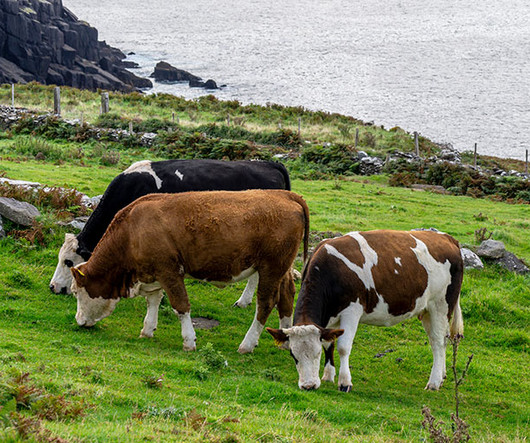
Farmers Weekly
OCTOBER 23, 2023
Farmers Weekly Suggested cuts to livestock numbers in Northern Ireland will significantly impact pasture-based livestock production without reducing global emissions because more meat and dairy would be imported from overseas, says the Ulster Farmers’ Union (UFU).

Food Politics
DECEMBER 5, 2023
The lunch menu: The summit is featuries roughly two-thirds plant-based menu to highlight the link between greenhouse gas emissions and livestock. FERN’s Ag Insider: Greenhouse gas emissions from agriculture grew 14 percent in 20 years. Reuters: Countries urged to curb factory farming to meet climate goals IV.

Agric4profits
OCTOBER 12, 2024
Greenhouse gas emissions from livestock farming are a significant contributor to global climate change. The production of livestock generates various types of g
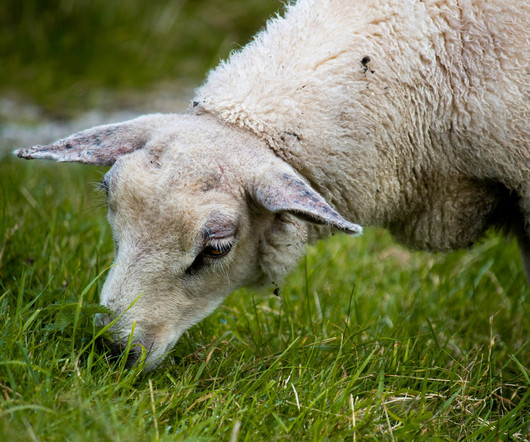
Sustainable Food Trust
FEBRUARY 4, 2025
It also helps regulate erosion, influences climate through greenhouse gas exchange and sustains human societies by enabling food and livestock production. Livestock reared on pastures with a diversity of plant species produce more nutrient-dense meat and milk than those fed grain-based or sometimes genetically modified feed.

Agricultural Biodiversity
SEPTEMBER 23, 2024
” The Role of Crop, Livestock, and Farmed Aquatic Intraspecific Diversity in Maintaining Ecosystem Services. Plant diversity decreases greenhouse gas emissions by increasing soil and plant carbon storage in terrestrial ecosystems. Adapting wild biodiversity conservation approaches to conserve agrobiodiversity.

Agricultural Biodiversity
MARCH 16, 2025
Crop improvements from 19612015 resulted in less cropland expansion, lower greenhouse gas emissions and fewer extinctions. Adoption of improved crop varieties limited biodiversity losses, terrestrial carbon emissions, and cropland expansion in the tropics. Right, so what we need is more of the same?

Food Politics
MARCH 5, 2024
[link] The 2006 United Nations report “ Livestock’s Long Shadow ” provided the first global estimate of the livestock sector’s contribution to anthropogenic climate change and warned of dire environmental consequences if business as usual continued. Here, we show that the industry has done so with the help of university experts….Here,
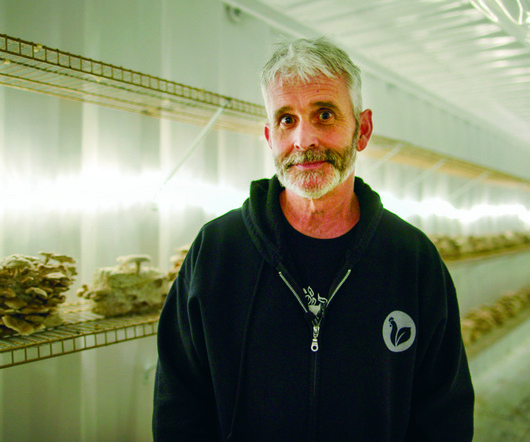
Civil Eats
APRIL 1, 2024
While some of Transfarmation’s farmers have laid a lot of groundwork, the path between feeding livestock and misting mushroom substrate was always bound to be muddy. The post From Livestock to Lion’s Mane, the Latest From the Transfarmation Project appeared first on Civil Eats. I see that as my role.
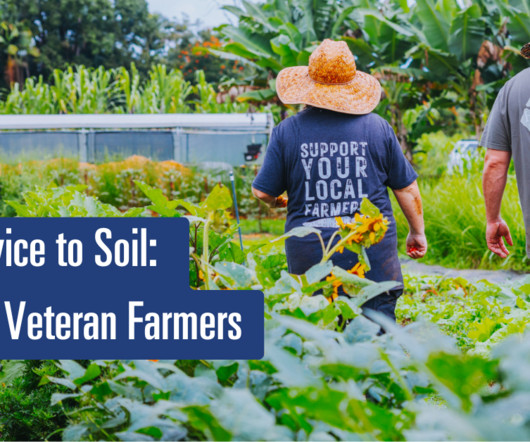
Food Tank
DECEMBER 23, 2024
Hola runs a four-week training program called Groundwork to Grow, which offers veterans and aspiring farmers hands-on workshops in areas including agribusiness, beekeeping, greenhouse management, livestock care, and agroforestry.

Civil Eats
MARCH 6, 2024
New research sheds light on the scope of the livestock industry’s influence over prominent agricultural research centers at two public universities. It’s a reference to cow’s greenhouse gas emissions, largely produced through belching , though passing gas contributes, too.
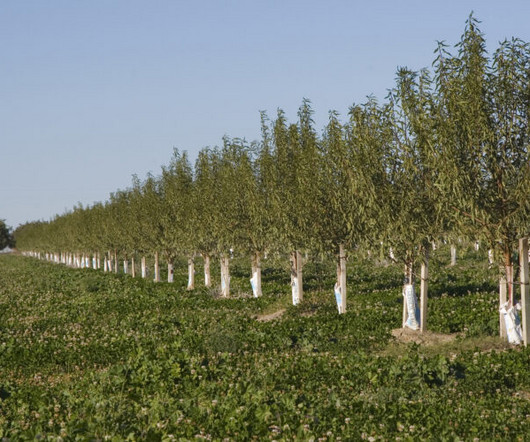
National Sustainable Agriculture Coalition
JULY 12, 2023
The National Sustainable Agriculture Coalition (NSAC) applauds USDA’s commitment of funds to improve the tracking and analysis of agricultural greenhouse gas emissions. As the agency increasingly focuses on implementing incentive-based support for reducing agricultural greenhouse gas emissions, effective measurement becomes ever more vital.
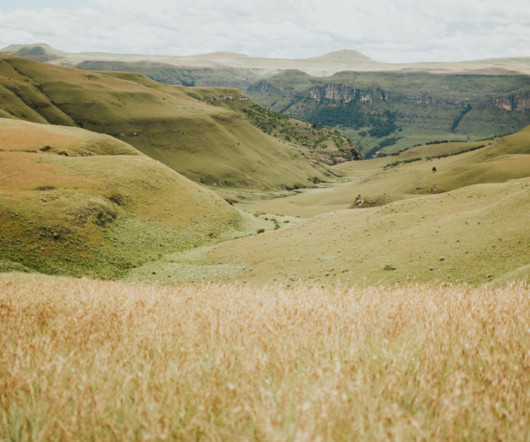
Food Tank
SEPTEMBER 16, 2023
Below the surface, these crucial ecosystems sequester carbon , drawing it out of the atmosphere where it contributes to the greenhouse gas effect. The FAO assessment adds that grassland soils have “suffered” from human activities such as intensive livestock grazing and agriculture. In terms of the assessment’s impact on U.S.
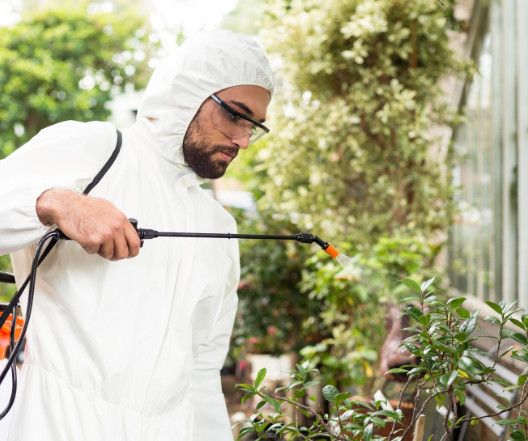
NASDA
MARCH 25, 2025
Sincerely, African American Farmers of California Agribusiness Association of Iowa Agribusiness Association of Kentucky Agribusiness Council of Indiana Agricultural Council of Arkansas Agricultural Retailers Association Alabama Soybean and Corn Growers Association Alaska Farm Bureau Almond Alliance American Agri-Women American Cotton Producers American (..)

ATTRA
AUGUST 22, 2024
The California Department of Food and Agriculture (CDFA) is accepting grant applications from commercial dairies and livestock operations for the installation of equipment and implementation of practices that result in long-term methane emissions reductions and maximize environmental co-benefits.

Food Tank
DECEMBER 1, 2023
Current food systems are responsible for one-third of global greenhouse gas emissions and for nearly 80 percent of biodiversity loss. Switching to agroecology offers a way to produce food within diverse landscapes growing and nurturing different crops, livestock and fisheries suited to the conditions and communities that live in the area.
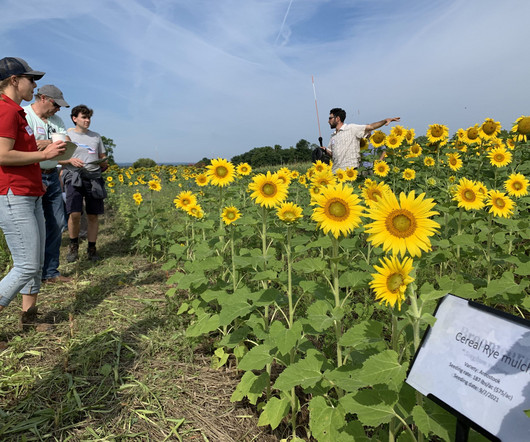
National Sustainable Agriculture Coalition
NOVEMBER 19, 2024
For example, researchers utilize the long-term farming systems trials at USDA’s Agricultural Research Service station in Beltsville, MD , to address nutrients, weeds, soil health, greenhouse gas mitigation, and net economic returns in organic field crop rotations. Yet, knowledge gaps remain that warrant additional research attention.

Civil Eats
MARCH 11, 2025
The food system is responsible for an estimated one-third of all greenhouse gas emissions driving this crisis. The political headwinds were facing make it all the more challenging, enabling fossil fuel producers to continue to shapeshift to shirk responsibility and find new avenues for oil and gas.

Caff
APRIL 15, 2024
Climate smart farming practices are named for their potential to help farms mitigate and adapt to climate change through building soil carbon, reducing greenhouse gas emissions and conserving natural resources like water and topsoil.
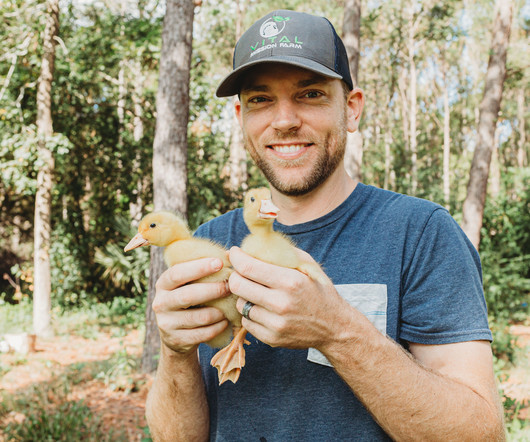
Modern Farmer
SEPTEMBER 8, 2023
His first batch of livestock included 25 chickens he processed for his family. Industrial farming contributes around 11 percent of total US greenhouse gas emissions, not including the transportation of the food. Transportation contributes around 27 percent of the total greenhouse gas emissions. “I
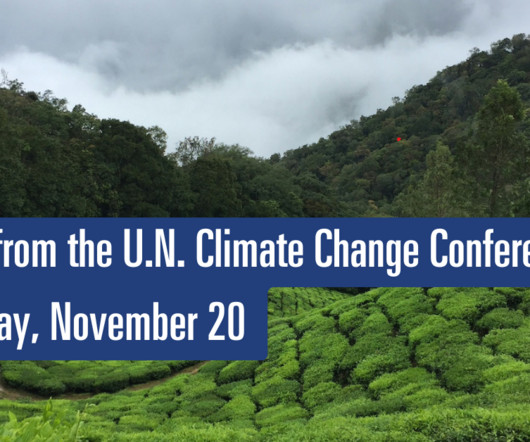
Food Tank
NOVEMBER 19, 2024
.” — Vincent Martin, Director of FAO’s Office of Innovation (via @FAOInnovation on X) Ways To Take Action: Add your name: via Compassion in World Farming — “Livestock produce more direct greenhouse gas emissions than planes, trains and cars, combined. Tell world leaders to end factory farming – for the sake of our planet.

Farming Secrets
NOVEMBER 4, 2024
What is the main contributor to the greenhouse gas effect? What would you think if I said water vapor contributes to up to 80 % of the Greenhouse gas effect and Carbon Dioxide only 11 %?How How would you approach reducing global warming if you took the perspective that Greenhouse gases are too much of a good thing in the wrong place?

Food Tank
APRIL 18, 2024
Methane is one of the most powerful greenhouse gases—it accounts for as much as 30 percent of climate warming and is 86 times more potent than carbon dioxide over a 20 year period, the National Aeronautics and Space Administration reports.

Farmbrite
MARCH 28, 2024
Things like automatic windows in the greenhouse are lifesavers. LIVESTOCK: Use automated feeders so you don't have to worry about forgetting when each animal needs their next meal — the feeder takes care of everything automatically when programmed correctly. Livestock Grazing Plan Step by Step: Step 1.

Modern Farmer
SEPTEMBER 29, 2023
And for grass-fed and finished cows specifically, a longer lifespan equates to more total methane, a powerful greenhouse gas, released into the atmosphere. Not only were the long roots of these native grasses and herbs capable of carbon capture and nutrient retention, they were also a foraged food source for her livestock.
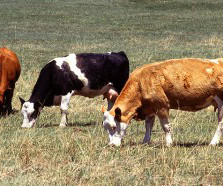
Climate and Agriculture in the Southeast
FEBRUARY 20, 2024
Regenerative farming that minimizes the output of greenhouse gases is something that more farmers are becoming interested in. Livestock farming has been a particularly tough nut to crack because of the methane emitted by ruminant animals like cattle.
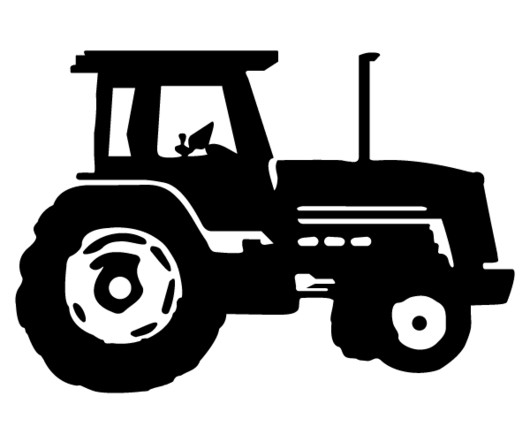
Modern Farmer
APRIL 10, 2024
There’s no doubt that industrial animal agriculture carries a laundry list of sins; greenhouse gas emissions, biodiversity loss, deforestation, water pollution and labor rights abuses are just a few examples. Some argue that intensive factory farms produce fewer greenhouse gas emissions, in general, than extensive, pasture-fed systems.

Food Tank
JUNE 12, 2024
Food and Agriculture Organization (FAO) finds that if farmers and ranchers continue to produce the same amount of livestock, but employ tactics used by the lowest 10 percent of greenhouse gas emitters, overall emissions from the industry could decrease by 30 percent. An assessment by the U.N.

Agwired
OCTOBER 30, 2024
This reduction is comparable to the greenhouse gas emissions produced by 185,641 gasoline-powered vehicles driven over the course of one year. . ● According to US EPA calculations, converting 1.3 Fertilizer and chemicals remain the largest on-farm expenditure accounting for 17.5%
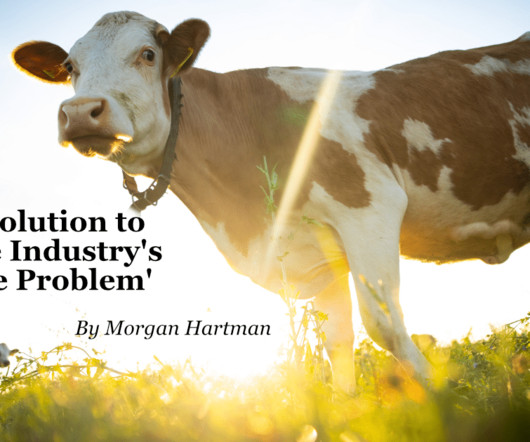
UnderstandingAg
OCTOBER 2, 2024
While the motivation to reduce the amount of methane released into the Earth’s atmosphere may be admirable, the millions upon millions of dollars spent chasing the red herring of livestock rumen microbial methane emissions is not. There is fossil carbon in the form of natural gas (methane), oil and coal.
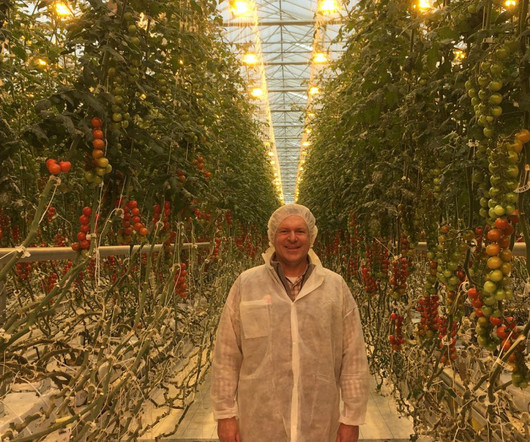
Modern Farmer
NOVEMBER 3, 2023
That trend prompted some Iowans to look at stores and resources closer to home—to local growers, local meat lockers, local dairies and even local greenhouses. Bushel Boy has a Mason City operation with 17 acres of greenhouses growing different kinds of tomatoes. The upshot has been a boost to local economies. Wendy Johnson.
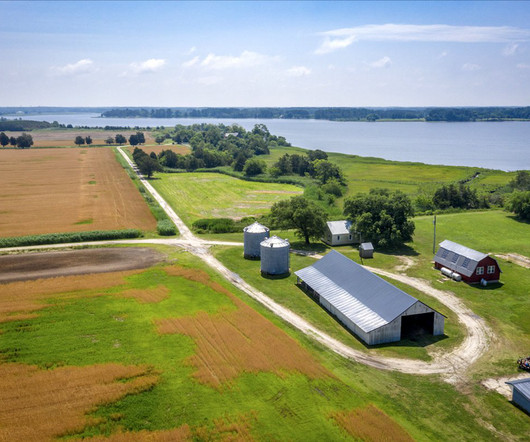
Civil Eats
JANUARY 15, 2024
Exactly how far inland the salt encroaches will depend partially on how effective humans are at reducing greenhouse gas emissions, as rising temperatures and melting ice sheets are the main contributors to the ocean’s expansions. Chris Miller in the greenhouse.
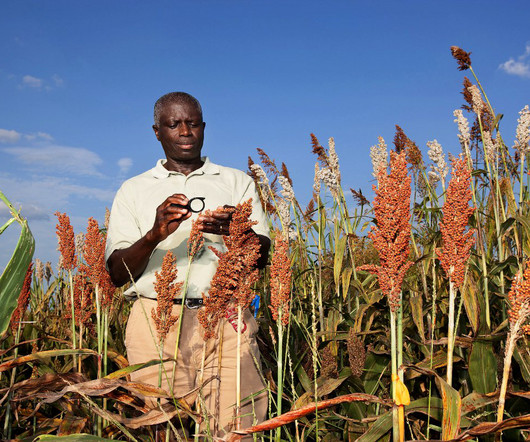
Civil Eats
DECEMBER 26, 2023
Farms Adapt to Climate Change Sorghum—popular among young, BIPOC, and under-resourced farmers—has extra long roots that allow it to withstand drought and sequester greenhouse gasses. Could This Mobile, Solar-Powered Livestock Barn Reshape the Corn Belt? farm landscape.

ATTRA
MAY 20, 2024
Round 8 of New York’s Climate Resilient Farming grant program provides critical funding that helps New York’s farmers reduce greenhouse gas emissions, protect water, ensure soil health, and increase on-farm resiliency to the effects of a changing climate. Applications are due June 24, 2024.
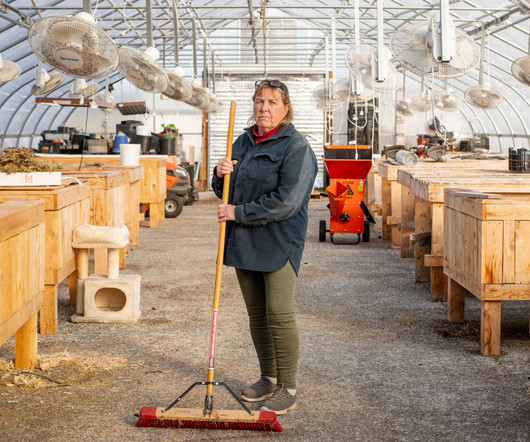
Food Environment and Reporting Network
APRIL 10, 2024
Of her 150 acres, only about 25 are safe for agricultural use, forcing Hunter to resort to raised garden beds in a greenhouse, filled with soil shipped in from another site. An aerial view of PFAS test plots on Sue Hunter’s farm in Unity, Maine.

ATTRA
NOVEMBER 19, 2023
Researchers at Cornell University compiled maps showing areas of the world where crop residues could be converted to biochar as a means of sequestering greenhouse gas emissions. Related ATTRA topic area: Biochar
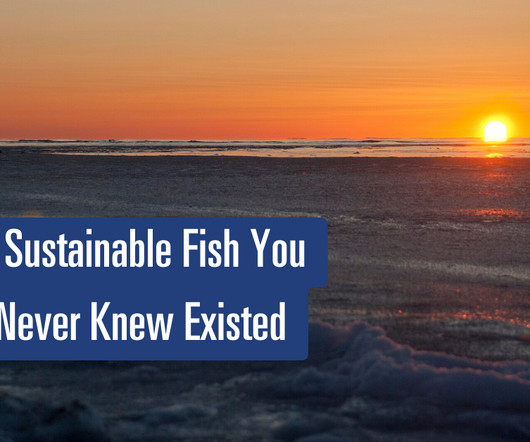
Food Tank
JULY 26, 2024
Food Tank readers know that food production is a top contributor to climate change, with livestock production accounting for around 15 percent of global greenhouse gas emissions. ‘Wild Alaska pollock’ isn’t an arbitrary name tag, it’s a critical identifier that verifies our adherence to the most rigorous standards.

National Sustainable Agriculture Coalition
JANUARY 17, 2024
For example, increasing aridity in the Southwest and increasingly wet conditions throughout the northeast regions of the country–from the Midwest through New England–are likely to challenge crop and livestock production. from NCA5 Higher temperatures can stress both crops and livestock.

Agwired
OCTOBER 17, 2024
The resulting corn, soy, sugar beats and wheat supply insetting markets where corporate entities aim to reduce their greenhouse gas footprint. A project let by TH Cattle Company is quantifying the soil and biomass impacts of climate-smart ranching practices and rewarding livestock producers through premiums for added-value beef.
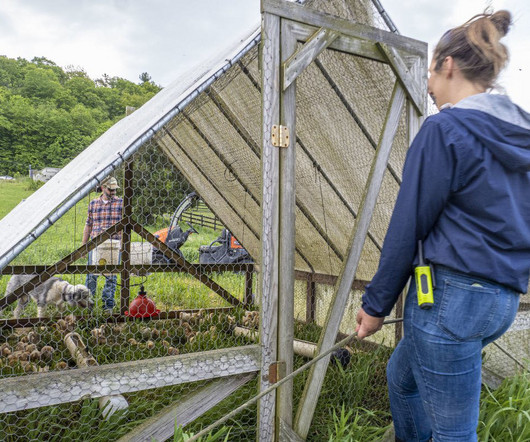
Civil Eats
JANUARY 23, 2024
And the perks go far beyond the pastures, Brillinger says: “We get cleaner air and water, healthier communities, and a huge reduction in greenhouse gas emissions” through carbon sequestration. Soliciting input from a broad pool of stakeholders also helps lawmakers formulate more effective policy, says Riviera.
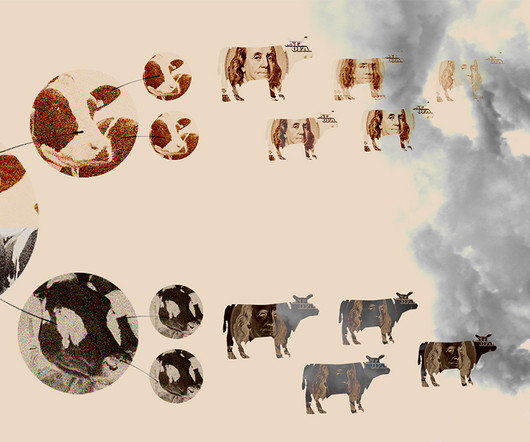
The Counter
MAY 19, 2022
Every year, California dairy farms emit hundreds of thousands of tons of the potent greenhouse gas methane, which gets released when livestock operations pool manure in open-air lagoons. California has sector-specific targets for emissions reductions, and cuts at dairy farms are attributed to the livestock sector.
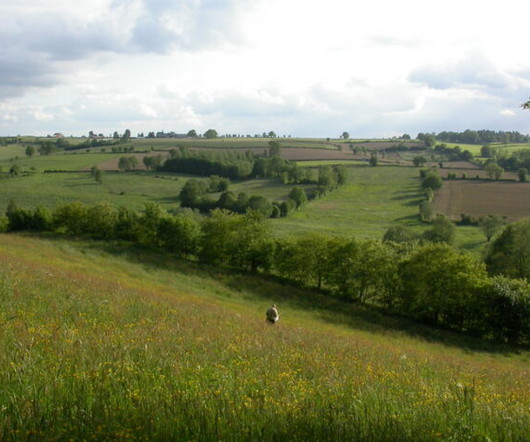
National Sustainable Agriculture Coalition
JULY 14, 2023
And beyond the diversification associated with cropping fields, adding livestock diversity into a system can reduce challenges like pests and diseases while allowing for nutrient cycling from livestock to soil and back to crop or forage species. Silvopasture, or mixed trees and livestock, is one form of agroforestry.
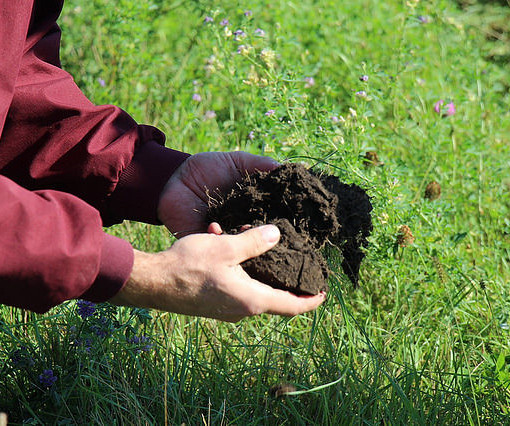
CalCAN
APRIL 6, 2023
Farming is also an important contributor to greenhouse gas emissions. Side by side with that loss of diversity was a long growth in greenhouse gas emissions that has only recently begun to be addressed. public, across party lines, is concerned about the impacts of climate change on agriculture and food production.
Expert insights. Personalized for you.
We have resent the email to
Are you sure you want to cancel your subscriptions?


Let's personalize your content